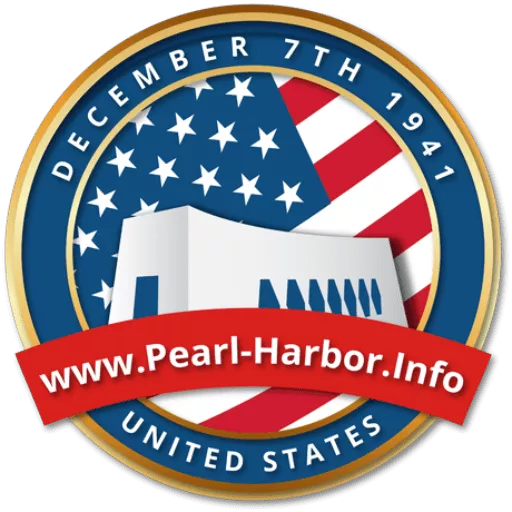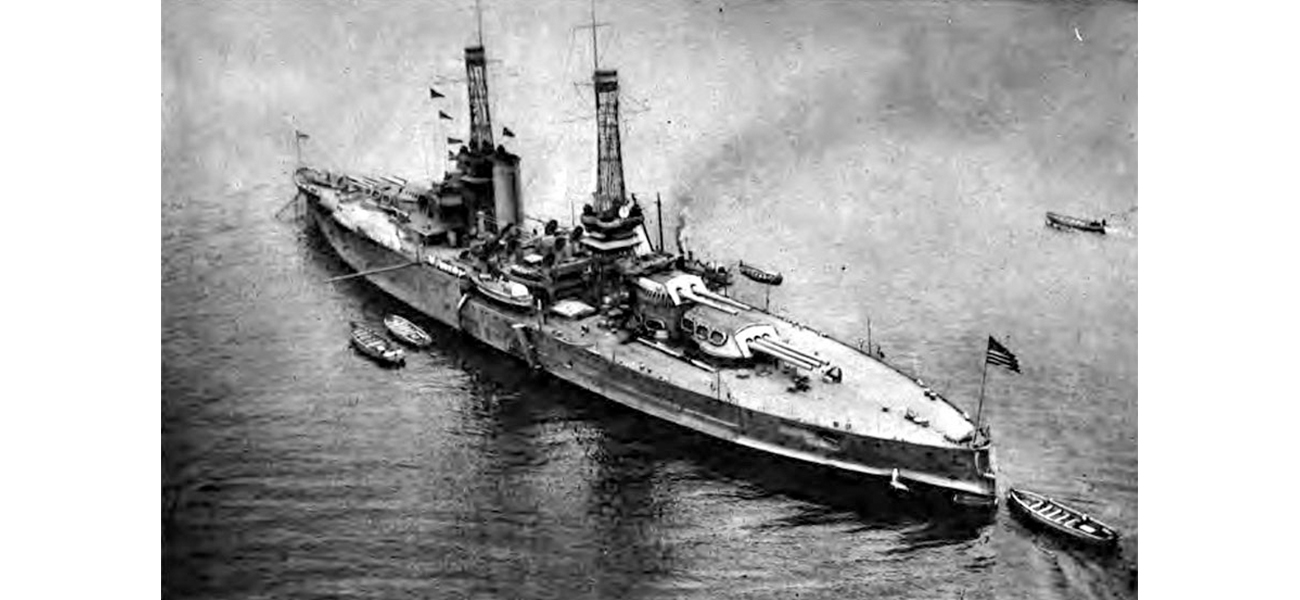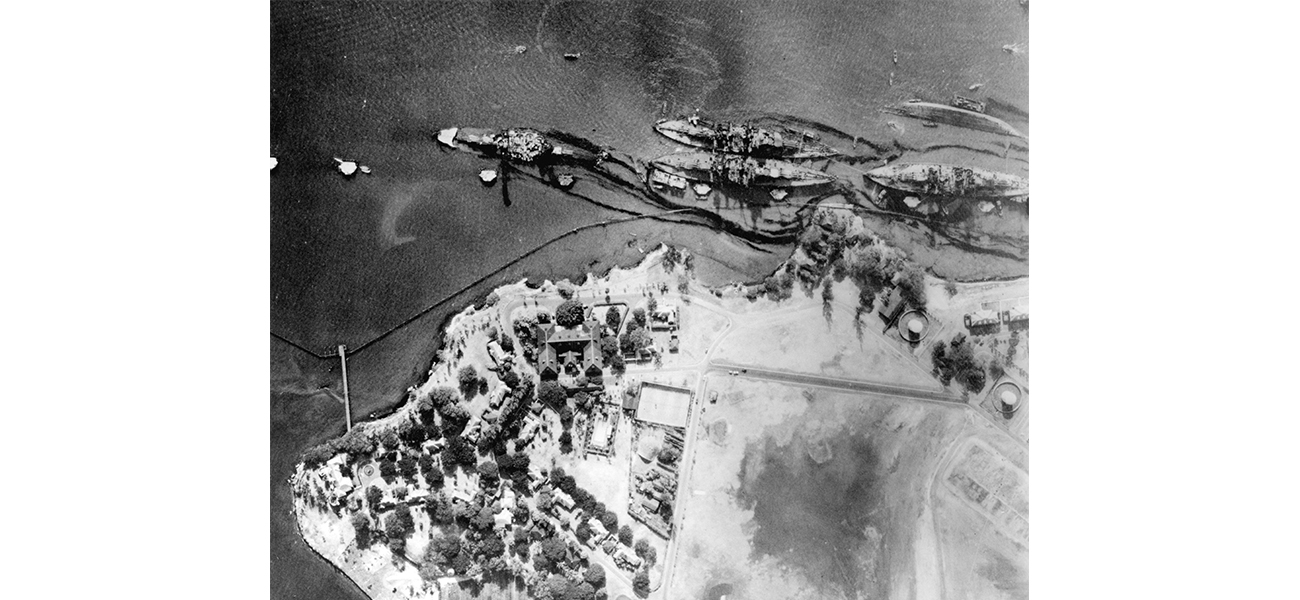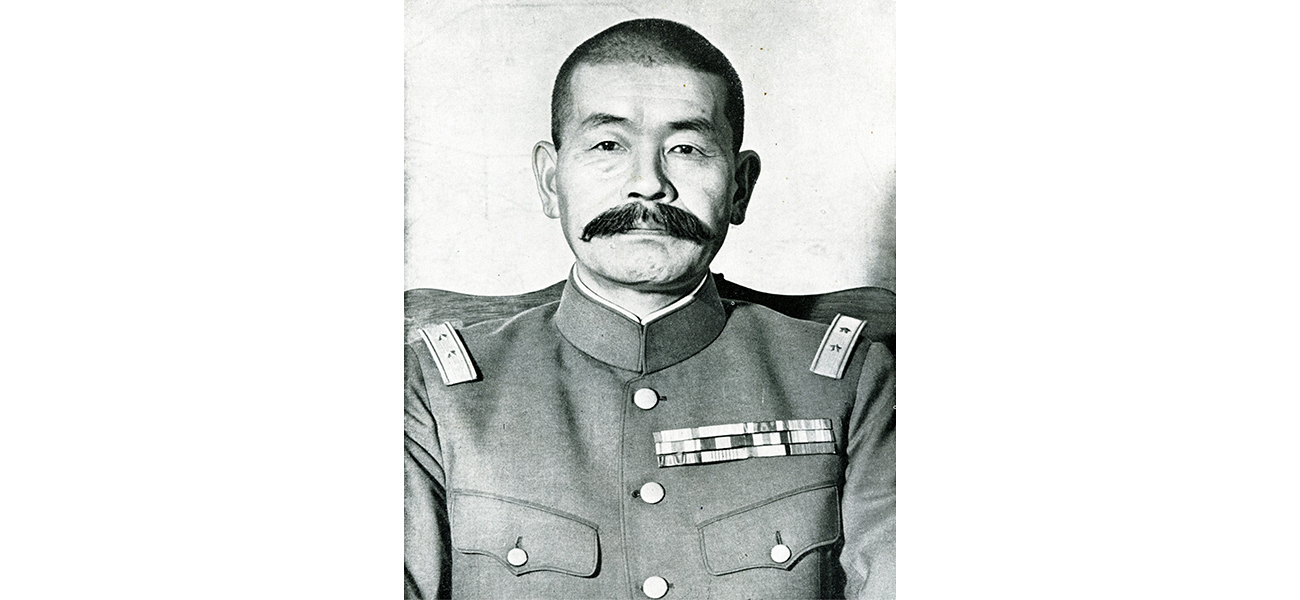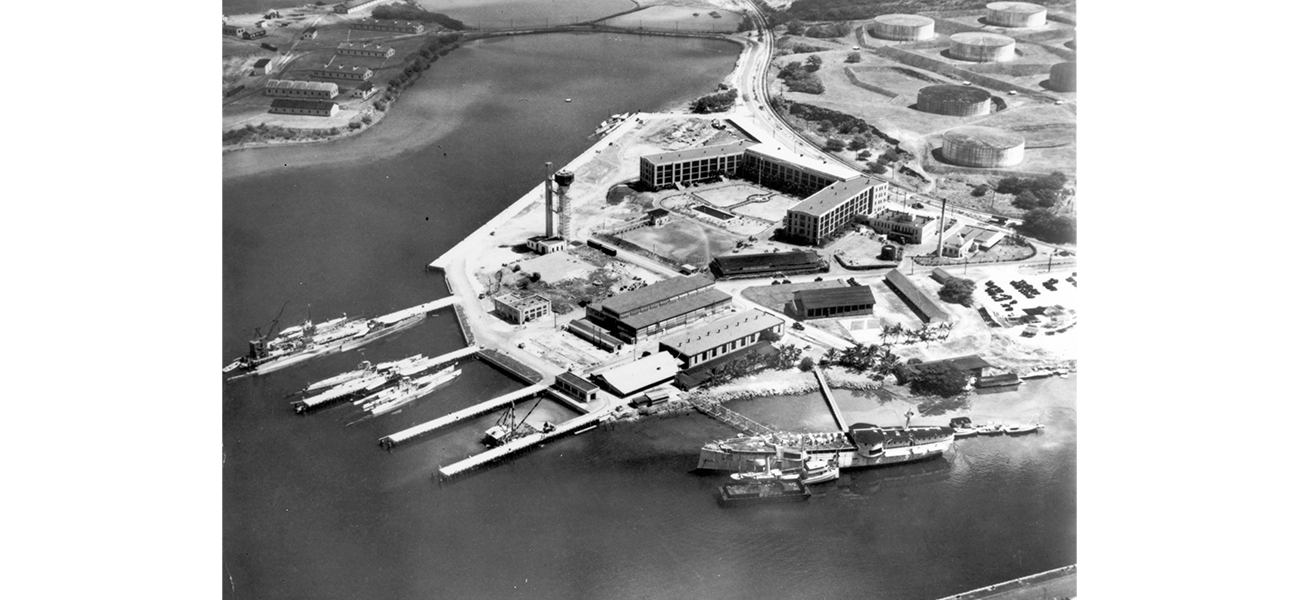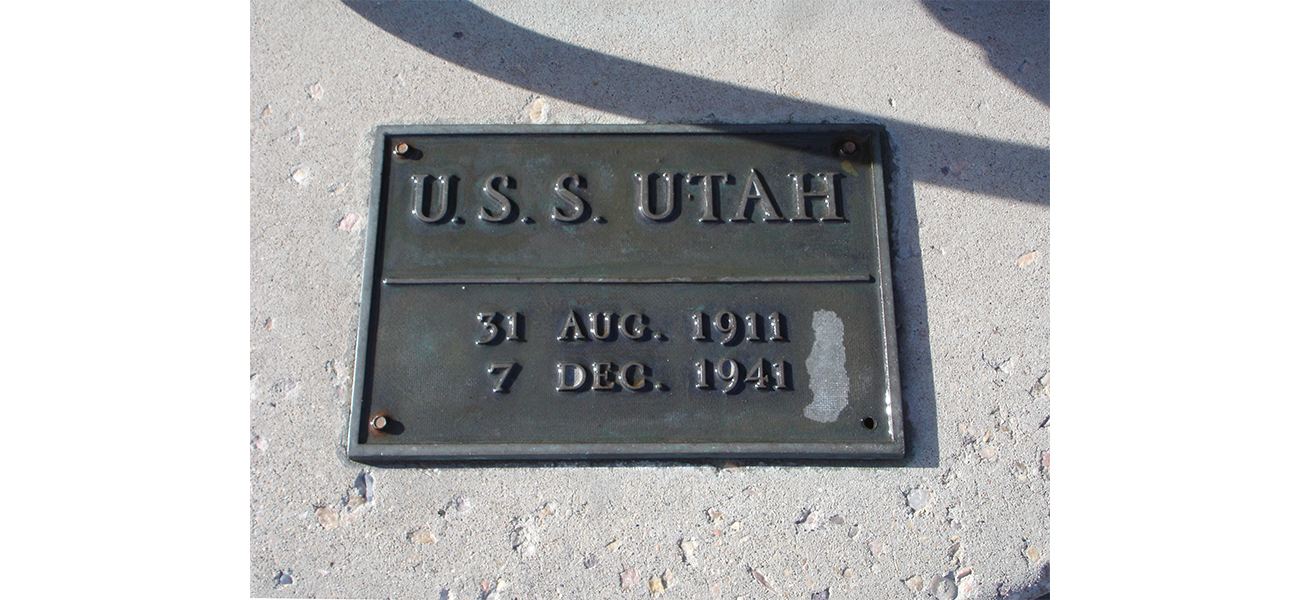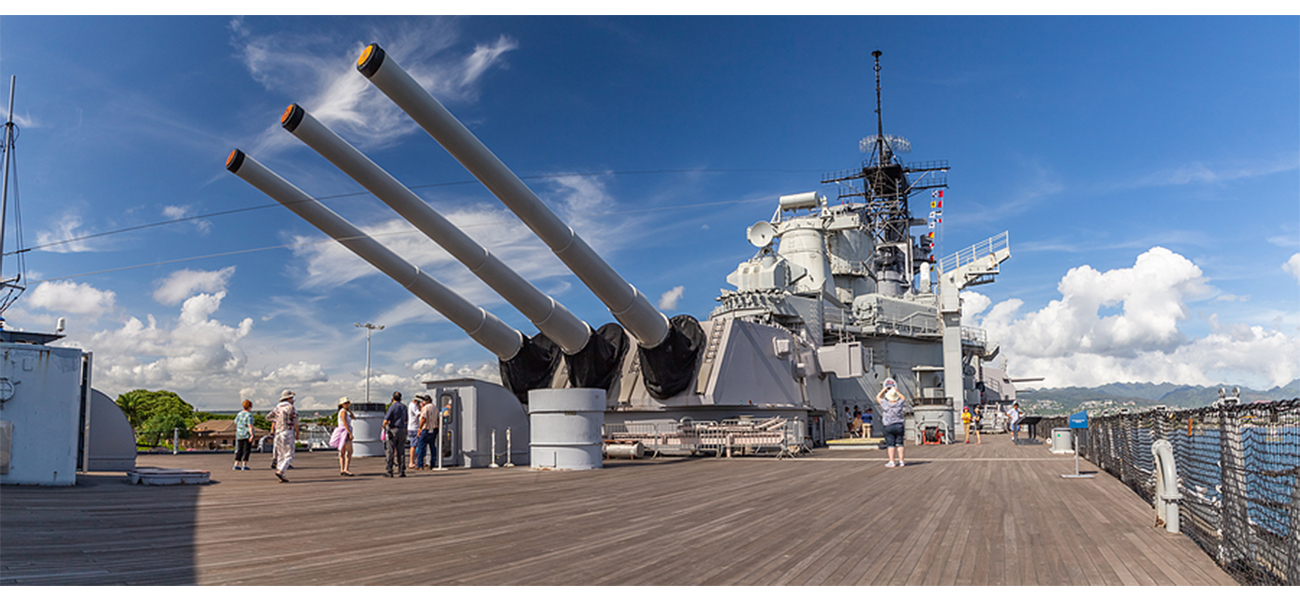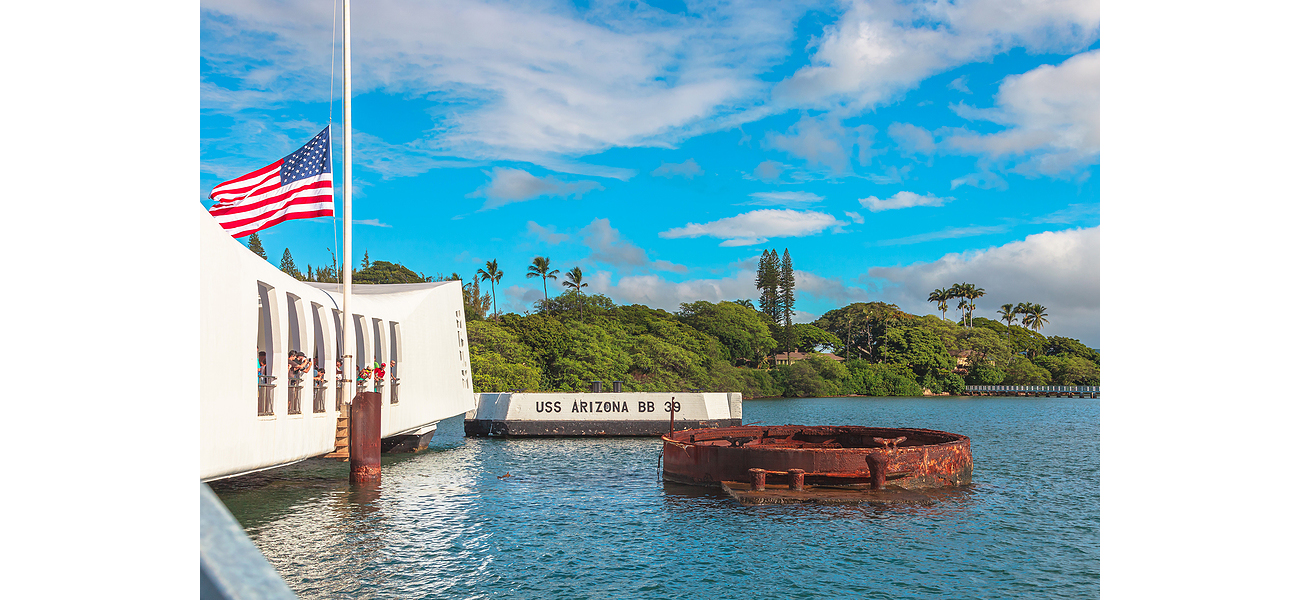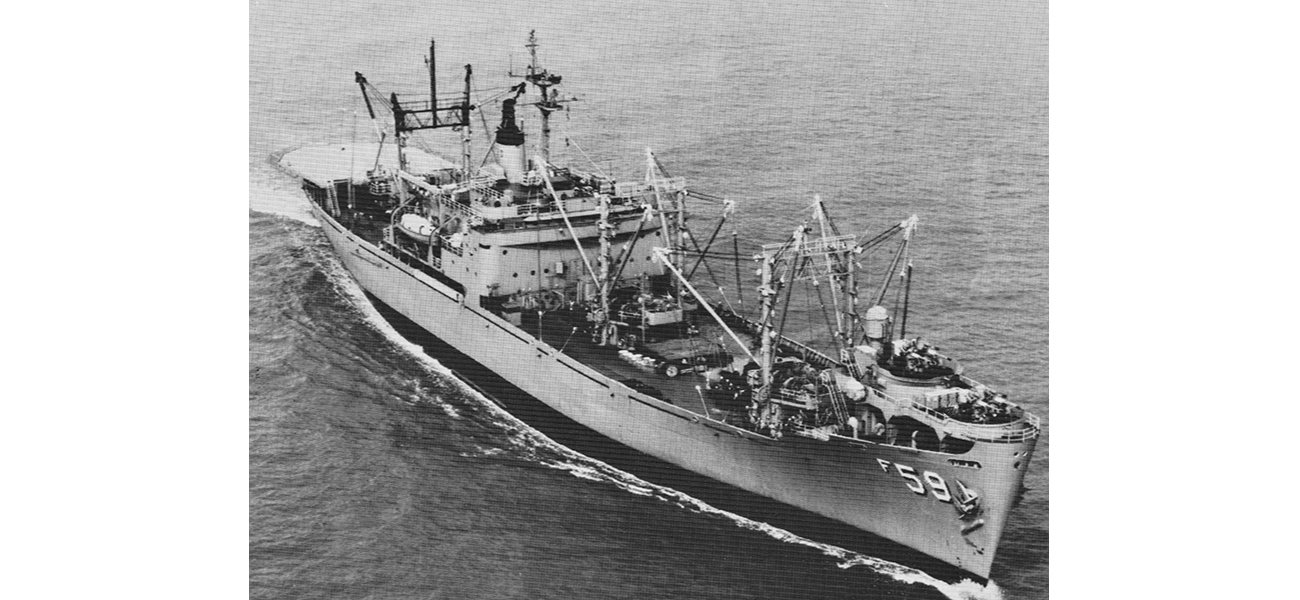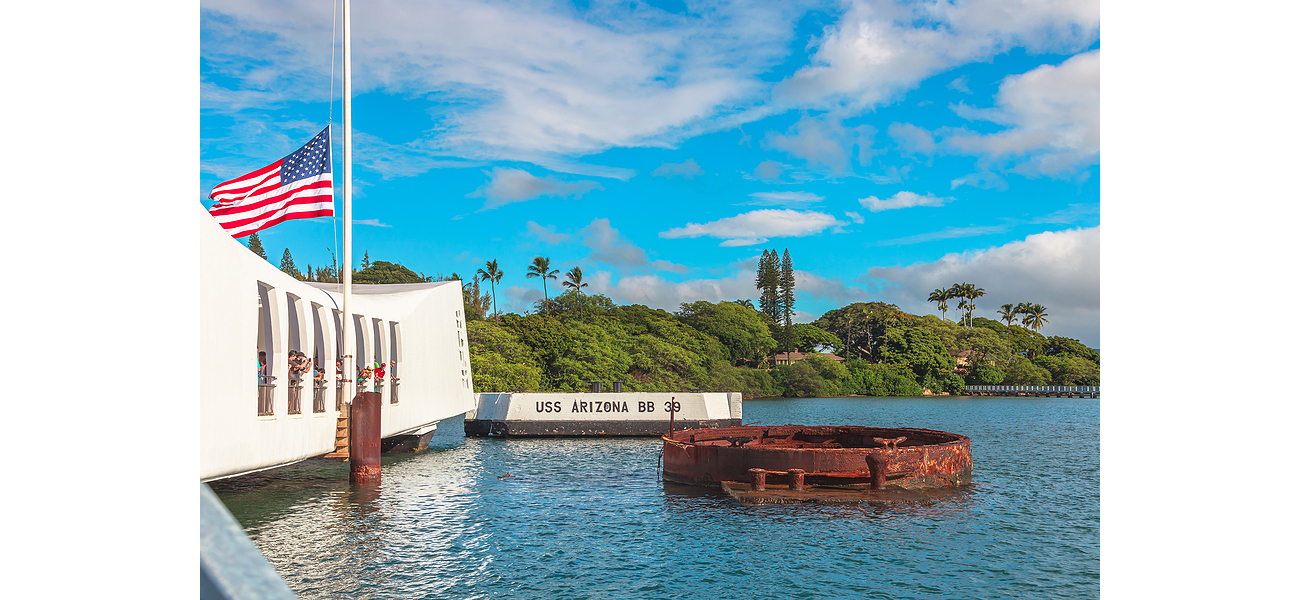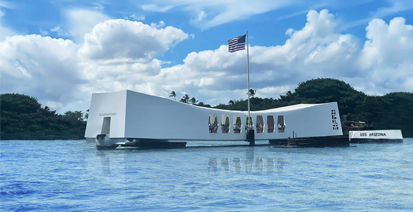USS Nevada at Pearl Harbor
The story of the USS Nevada at Pearl Harbor is one of valor, resilience, and historical significance. On December 7, 1941, the Japanese attack on Pearl Harbor thrust the United States into World War II, and the USS Nevada played a critical role in that historic event. This article delves into the fascinating journey of the USS Nevada, highlighting its contributions before, during, and after the attack on Pearl Harbor. The entire Pacific Fleet, including the Nevada, relocated from California to Pearl Harbor in 1940. This move aimed to deter Japanese aggression in the Pacific as tensions rose.
Commissioned in 1916, the USS Nevada (BB-36) was a Nevada-class battleship, representing a leap forward in naval design. It was one of the first ships to incorporate features like triple gun turrets and oil fuel, which provided greater range and efficiency. This made Nevada a formidable asset to the U.S. Navy.
December 7, 1941, is a day that will forever be forever remembered by the world. The Japanese aimed to cripple the U.S. Pacific Fleet to prevent interference with their expansion plans in Southeast Asia. The surprise attack on Pearl Harbor was meticulously planned and executed, resulting in devastating losses for the U.S. However, amidst the chaos, the USS Nevada distinguished itself.
USS Nevada’s Role on December 7, 1941
As the first bombs fell, the crew of the USS Nevada sprang into action. Despite being moored along Battleship Row, the Nevada managed to get underway, the only battleship to do so during the attack. Under heavy fire, the Nevada’s crew fought valiantly, downing several enemy aircraft and sustaining significant damage.
The efforts to save the USS Nevada were nothing short of heroic. With fires raging and water pouring in from multiple hits, the crew’s determination was unwavering. Realizing the ship was in danger of sinking and potentially blocking the harbor entrance, the decision was made to beach the Nevada. This move not only saved the ship but also kept the channel open for other vessels.
In the immediate aftermath, the USS Nevada was heavily damaged but not defeated. The attack galvanized American resolve, and Nevada’s story became a symbol of endurance and bravery. Initial repairs were made at Pearl Harbor, allowing the ship to eventually sail to Puget Sound Naval Shipyard for more extensive work.
At Puget Sound, the USS Nevada underwent significant repairs and modernization. This included updates to its armament, armor, and propulsion systems. By the time these upgrades were complete, the Nevada was not only ready to return to service but also more formidable than ever.
The USS Nevada’s journey from its commissioning to its crucial role at Pearl Harbor and beyond is a testament to the bravery and resilience of its crew. The ship’s ability to withstand and recover from the devastating attack is a powerful reminder of the human spirit’s endurance. Today, the USS Nevada remains a symbol of American strength and perseverance.
